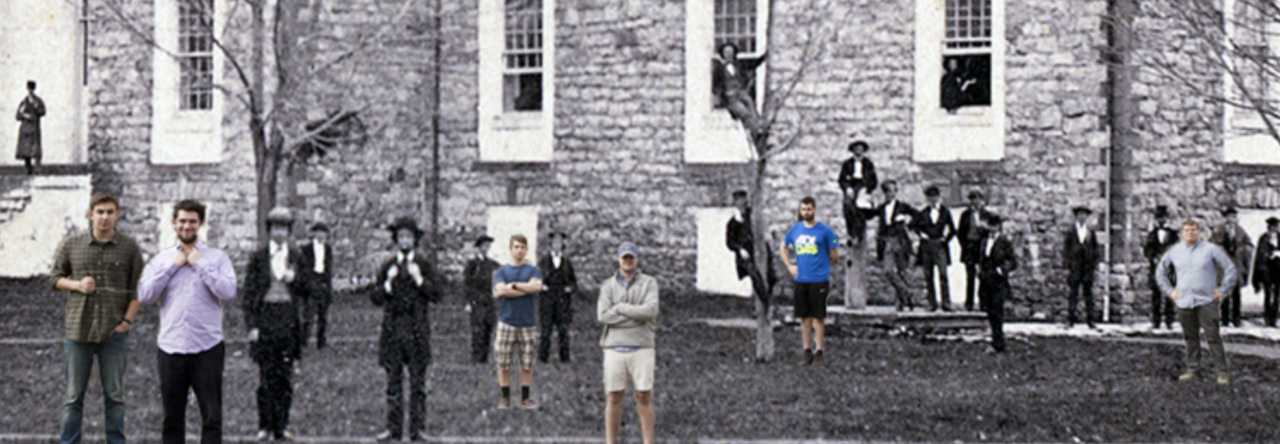Dred Scott might be the most famous slave in American history. In Battle Cry of Freedom, James McPherson certainly spends a significant amount of time analyzing the eleven-year-long freedom suit which culminated in Dred Scott v. Sandford (1857). Yet McPherson focuses on the legal battle at stake in the Supreme Court and pivotal role played by Chief Justice Roger Taney (Class of 1795). Students in History 288 should first consider what they might want to know about Dred Scott as a person. McPherson briefly describes the origins of Scott’s case but does not provide much in the way of biographical detail, nor does he describe Scott’s family. Yet it was probably Harriet Robinson Scott who propelled the freedom suits forward on April 6, 1846, a fact only recently highlighted in the scholarship largely because of the work of University of Iowa law professor Lea VanderVelde. VanderVelde’s fascinating biography, Mrs. Dred Scott: A Life on Slavery’s Frontier (Oxford, 2009) came out only three years ago, although an article upon which the book was based (also titled, “Mrs. Dred Scott’) did appear in the Yale Law Journal in January 1997 (now available through Lexis-Nexis). There is no comparable biography of Dred Scott, but Walter Ehrlich’s book, They Have No Rights: Dred Scott’s Struggle for Freedom (Greenwood, 1979) is widely cited as the best study of the case’s origins in Missouri and the most detailed account of the plaintiff’s personal story (available in Dickinson Library). Yet the principal source on the federal case remains Don E. Fehrenbacher’s The Dred Scott Case: Its Significance in American Law and Politics (Oxford, 1978), a landmark study which won the Pulitzer Prize, but is not currently available at the Dickinson Library (nor available in any significant way at Google Books). For a good visual summary of the case and some helpful context on the under-appreciated role of Harriet Scott in the legal proceedings, see this online exhibit created by the Gilder Lehrman Institute with help from the House Divided Project and made available by the Google Cultural Institute.


Connor Wright
The Dred Scott decision was a significant case in the Supreme Court that escalated abolitionist passion and helped instigate the Civil War. Two of the most important figures were the two dissenters to the ruling, Justice McLean and Justice Benjamin Curtis. Together they outlined two important ideas that influenced abolitionist and Anti-slavery views. Justice McLean stated that, “Being born under our Constitution and laws, no naturalization is required, as one of foreign birth, to make him a citizen.” This directly contradicts Taney’s ruling that Blacks could never become citizens. McLean’s stance on the issue propelled the idea that Blacks have the rights of citizens and are people too. Justice Benjamin Curtis agreed with this way of thinking and said, “…they are endowed by their Creator with certain inalienable rights; that among these are life, liberty, and the pursuit of happiness…”. Referencing the Declaration of Independence, Curtis acknowledged Blacks as people and stated that their rights and liberties are protected by the Constitution just as much as White’s rights.